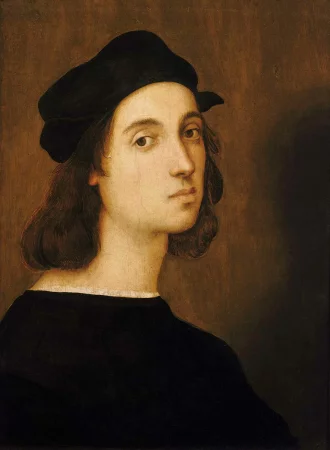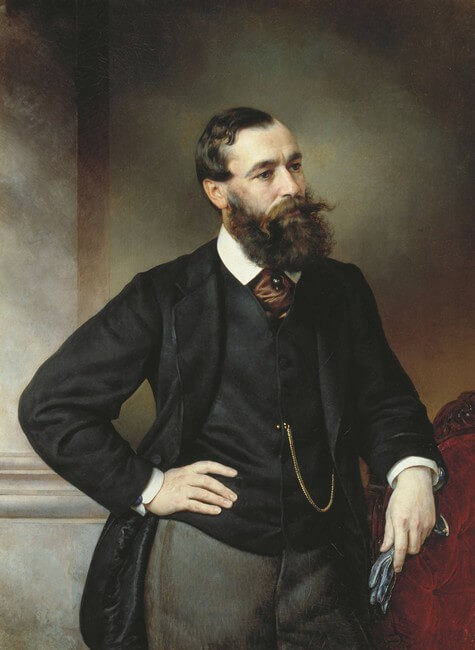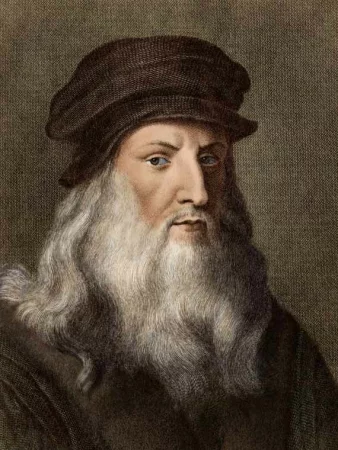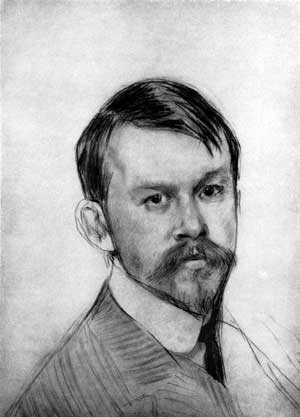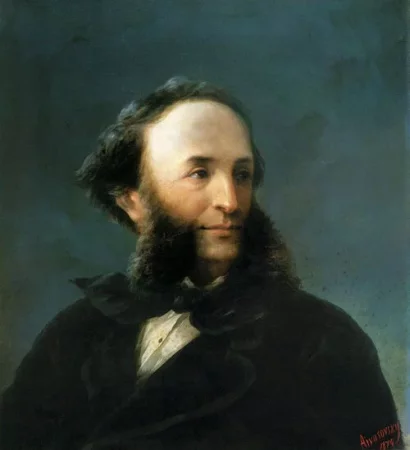Raphael Santi biography, paintings
Raphael Santi was born in 1483 in Urbino, in the east of Italy. His father Giovanni dei Santi was an artist, who working for the Duke, and his mother was Margie Charla. Regretfully, the future artist lost his parents too early, in 1494 and 1491, respectively. The father could only give him an elementary art education, when taking him to the house of the Duke of Urbinsky.
Education and early career
In 1501 Raphael joined the workshop of Pietro Perugino in Umbria (that is why this period of his work is called Umbrian), and in 1502 Raphael wrote his first Madonna, which became the source of inspiration for many of his works for the years to come. This is supposed to be facilitated by the early passing away of his mother and his attempts to embody her image in his paintings.
As assumed by the Austrian art critic M. Dvorak that was the time when Raphael joined the religious-idealist movement in painting. He gradually developed his own style, creating altarpieces and paintings such as “The Coronation of the Virgin Mary” (c. 1504), “Saint George and the Dragon” (c. 1504-05) and “Portrait of Pietro Bembo” (1504- 06).
His Florentine period begins in 1504, when he meets Leonardo da Vinci, Michelangelo and other great masters after moving. Raphael closely explores the sfumato style of Leonardo's brush (in the fine arts, this term refers to a special type of applying paint, featuring the blurred transitions, smooth contours and mixed tones). But, in the main, he continues to use the traditional technique: using not canvas, but the wood for his paintings, applying tempera and finishing with oil. Among the altarpieces created in the subject period, there are “The Entombment” (1507), “The Lady with the Unicorn” (c. 1506-07) and “Madonna with Carnations” (c. 1506). Generally, during his stay in Florence, the artist creates about twenty paintings featuring Madonna’s image, mostly either holding the baby in her arms, or with little Jesus playing nearby.
Roman period
Of course, Raphael's move to Rome (1508) became the most important milestone in his work, when he achieved the greatest success and recognition. Owing to Bramante’s assistance, he officially becomes an artist of the papal court and develops a classic painting style, which is easily identifiable today. M. Dvorak tends to tie this up with the emergence of the "ideal types" and "great manners" in his works, when the abstract perfection of images and the loftiness of the painted characters serve as the basis of creativity.
During the period of 1508-11 he paints the papal palace with the famous frescoes titled "The Disputa", "The Parnassus", “Strength, Prudence, and Temperance" and "The School of Athens". Later, in 1511-14 he paints “The Expulsion of Heliodorus from the Temple”, “The Mass at Bolsena”, “The Liberation of St. Peter from Prison" and "The Meeting of Leo the Great and Attila" in the papal audience room.
Moreover, by the end-1514, Raphael painted the sketches to be used for carpets hung on special occasions in the Sistine Chapel, ordered by Pope Leo X based on the scenes from the Acts of St. apostles. And in 1512-13, he wrote his famous "The Sistine Madonna".
Apart from the religious direction, Raphael created numerous portraits, including, for instance, ones of Baldassare Castiglione, Pope Julius II, and Cardinal Farnese.
It is also necessary to mark his architectural activity. His friend Bramante had passed away, leaving the St. Peter’ Cathedral unfinished, and Raphael was appointed a chief architect. Subsequently, he granted the position of the chief archaeologist at the excavations of ancient Rome, with the purpose of making up a plan for the Eternal City based on the details revealed. Based on his design, the churches and villas were built, featuring the harmony of buildings and the surrounding landscape, which became their hallmark.
Personal life and end of the way
Raphael never married, but he is supposed by the researchers to be in an affair with Fornarina, posing for him in 1518-19 for “La Fornarina”.
The artist lived only 37 years and died on April 6, 1520 in Rome, supposedly as a result of the erroneous treatment for a cold. He was buried in the Roman Pantheon in a sarcophagus under the statue of the Madonna, which was subsequently restored at his own expense according to his dying wish.
Comments (0)
Top
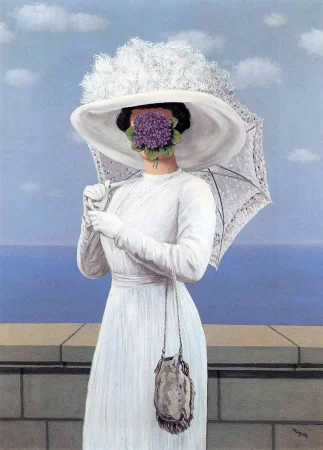 Painting The Great War, Rene Magritte - Meaning and Analysis
Painting The Great War, Rene Magritte - Meaning and Analysis
The Great War - Rene Magritte. Canvas, oil. 81 x 60 cm...
10.10.23
1 086
0
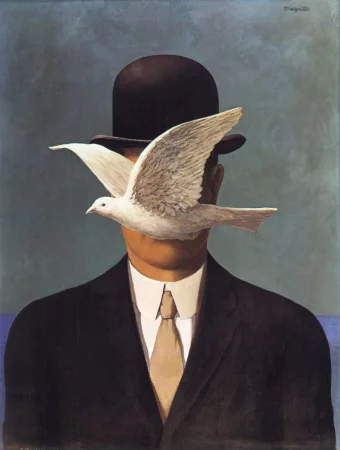 The man in the bowler hat, Rene Magritte
The man in the bowler hat, Rene Magritte
The man in the bowler hat - Rene Magritte. Canvas, oil. 70 x 50 cm...
06.09.23
2 725
0
